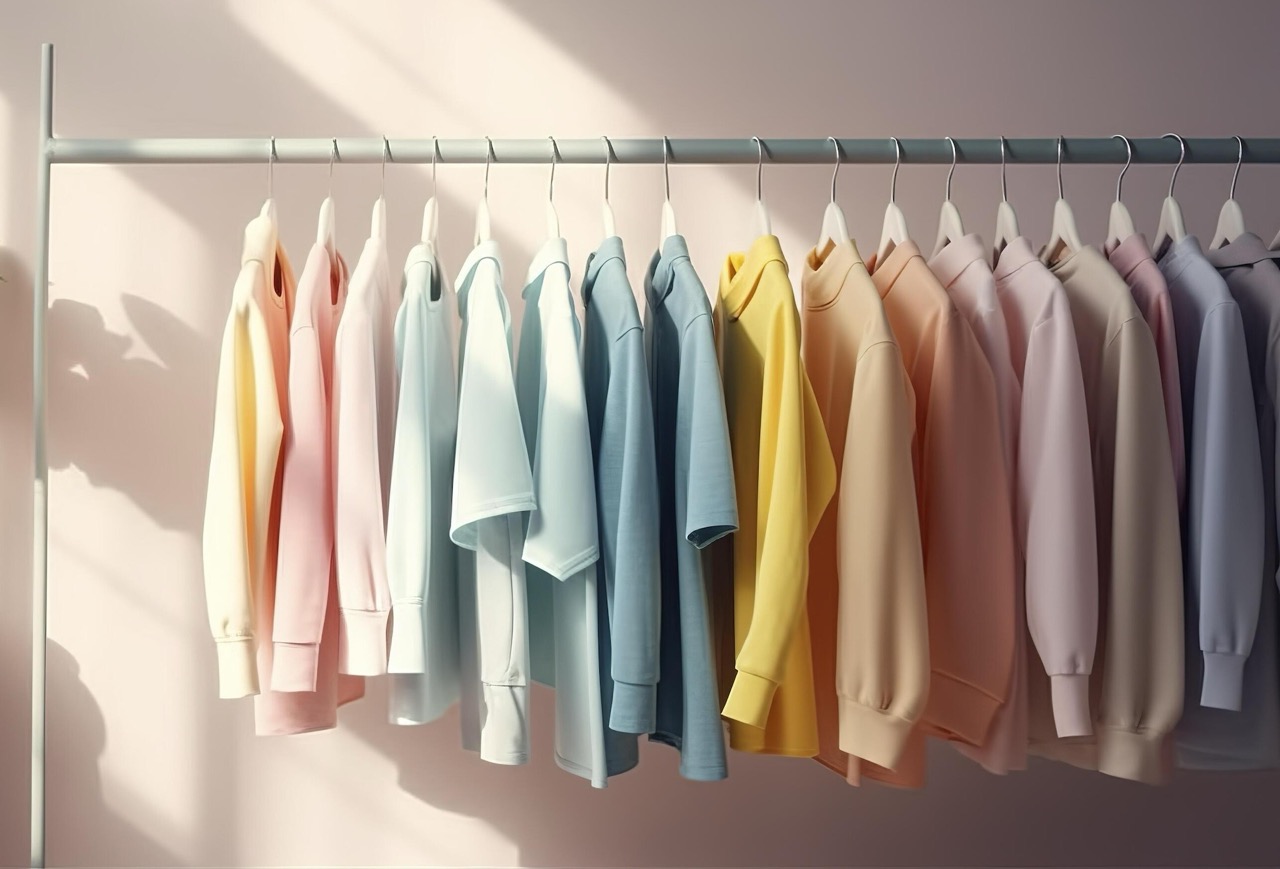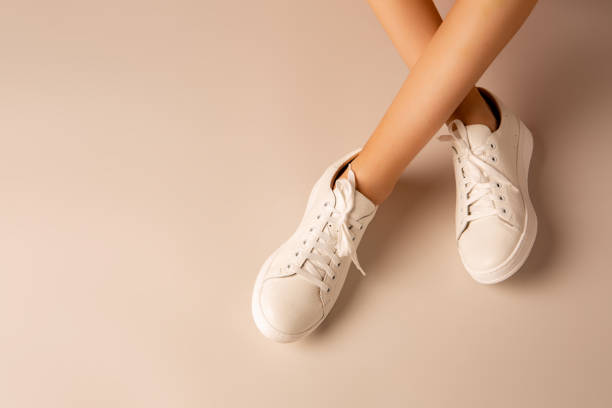When it comes to fashion, one of the most crucial elements is ensuring that your shirt and pants complement each other. This pairing can define your look, communicate your personal style, and make a significant impact on your overall appearance. Whether you’re dressing for a casual day out, a business meeting, or a formal event, understanding how to pick the best shirt for your pants is essential. This guide will walk you through the fundamental principles and practical tips to master this art.
Understanding Color Coordination
The Basics of Color Matching
Color coordination is the cornerstone of a well-put-together outfit. Here are some basic principles to help you get started:
- Complementary Colors: These are colors that are opposite each other on the color wheel, such as blue and orange or red and green. When paired together, they create a vibrant look.
- Analogous Colors: These are colors that are next to each other on the color wheel, such as blue and green or red and orange. They provide a harmonious and pleasing appearance.
- Monochromatic Colors: This involves different shades and tints of the same color. It’s a subtle and sophisticated approach to color matching.
Practical Application
When choosing a shirt to go with your pants, consider the following color combinations:
- Navy Pants: Pair with a white, light blue, or pink shirt for a classic look. For a more daring choice, try mustard or burgundy.
- Black Pants: Almost any color shirt will match black pants. White, gray, and pastel colors are always safe bets.
- Gray Pants: These can be paired with a wide range of shirts, including white, black, blue, and even brighter colors like pink or purple.
- Khaki Pants: Go for earth tones like olive green, brown, or beige shirts. Light blue and white also work well.
Fabric and Texture Matching
Fabric and texture play a significant role in the overall aesthetic of your outfit. Different fabrics and textures can convey various levels of formality and style.
Common Fabrics
- Cotton: Versatile and breathable, perfect for both casual and formal shirts.
- Linen: Lightweight and breathable, ideal for casual, warm-weather outfits.
- Wool: Provides warmth and is suitable for formal settings.
- Denim: Casual and rugged, best paired with casual pants or jeans.
Texture Coordination
Mixing textures can add depth and interest to your outfit. Here are some tips:
- Pair a smooth fabric (like cotton or linen) with a textured fabric (like wool or denim) to create contrast.
- Avoid pairing overly similar textures together as it can make the outfit look flat.
- For formal occasions, stick to smoother textures. For casual outings, feel free to experiment with different textures.
Fit and Silhouette
The fit of your shirt and pants is crucial for a polished look. Ill-fitting clothes can ruin even the most well-coordinated outfit.
Shirt Fit
- Slim Fit: Tailored to the body, providing a modern and sleek appearance. Ideal for lean body types.
- Regular Fit: A classic fit that provides comfort without being too loose or too tight. Suitable for most body types.
- Relaxed Fit: Loose and comfortable, best for casual settings.
Pants Fit
- Skinny Fit: Tight-fitting, suitable for a modern and edgy look.
- Slim Fit: Slightly tapered, offering a balance between comfort and style.
- Regular Fit: Straight-leg, providing a classic look suitable for various occasions.
- Relaxed Fit: Loose-fitting, ideal for casual and relaxed settings.
Silhouette Harmony
Ensure that the fits of your shirt and pants complement each other. A slim-fit shirt with skinny or slim-fit pants creates a cohesive look, while a regular-fit shirt with regular or relaxed-fit pants maintains balance.
Occasion and Dress Code
Different occasions and dress codes demand different shirt and pants combinations. Here’s a quick guide:
Casual
- Jeans and T-Shirts: A classic casual look. Pair with sneakers or casual shoes.
- Chinos and Polos: Slightly more polished but still casual. Perfect for a day out or a casual lunch.
- Shorts and Casual Shirts: Great for warm weather and informal settings.
Business Casual
- Dress Pants and Button-Down Shirts: A staple of business casual attire. Opt for neutral colors and subtle patterns.
- Chinos and Dress Shirts: A more relaxed business casual option. Pair with loafers or oxfords.
Formal
- Suit Pants and Dress Shirts: Essential for formal events. Ensure that your shirt is well-fitted and tuck it in for a polished look.
- Tuxedo Pants and Shirts: Reserved for black-tie events. Pair with a bow tie and polished dress shoes.
Patterns and Prints
Incorporating patterns and prints into your outfit can add personality and flair. However, it’s important to balance them correctly.
Matching Patterns
- Stripes: Vertical stripes can elongate your frame. Pair with solid-colored pants for a balanced look.
- Checks and Plaids: Best paired with solid pants. Ensure that the colors in the pattern complement the pants.
- Florals and Other Prints: Great for casual settings. Balance bold prints with neutral-colored pants.
Mixing Patterns
If you’re feeling adventurous, you can mix patterns, but keep these tips in mind:
- Ensure that the patterns share at least one common color.
- Vary the scale of the patterns (e.g., a large plaid shirt with small check pants).
- Keep the rest of the outfit simple to avoid overwhelming the look.
Accessorizing
Accessories can enhance your outfit and tie your look together. Here are some tips:
- Belts: Match the belt color to your shoes for a cohesive look.
- Watches: Choose a watch that complements the formality of your outfit.
- Ties and Pocket Squares: For formal and business casual settings, these can add a touch of elegance. Coordinate the colors with your shirt and pants.
Seasonal Considerations
Consider the season when choosing your outfit. Different seasons call for different fabrics and colors.
Spring/Summer
- Opt for lighter fabrics like cotton and linen.
- Choose lighter and brighter colors to reflect the season’s vibe.
Fall/Winter
- Go for warmer fabrics like wool and flannel.
- Embrace darker and richer colors that suit the season.
Final Tips
- Confidence: The most important aspect of any outfit is confidence. Wear your clothes with pride, and they will look even better.
- Personal Style: Don’t be afraid to express your personal style. Use these guidelines as a starting point, but make the look your own.
- Comfort: Ensure that your clothes are comfortable. You’ll look better and feel more at ease.
By understanding and applying these principles, you can master the art of picking the best shirt for your pants. Whether you’re dressing for a casual day out, a business meeting, or a formal event, these guidelines will help you create a cohesive and stylish look that reflects your personal style and confidence.




